When building a camping site, material selection must balance four key characteristics: natural charm, durability, safety, environmental friendliness, and low maintenance. Below is the optimal material plan for different functional areas, with WPC (wood-plastic composite)strongly recommended as the core choice:
I. Core Recommendation: WPC (Wood-Plastic Composite) Material (Suitable for 80% of Scenarios)
1. Ground Systems (Platforms/Trails)
Advantages:
Moisture & Rot Resistance: Extremely low water absorption ensures platforms remain mold-free.
Superior Weather Resistance: Maintains stability in temperatures ranging from -30℃ to 70℃, with minimal fading over time.
Safety & Anti-Slip: Textured surface design enhances friction, providing reliable grip even when wet.
Selection Tips:
For main platforms, choose hollow WPC flooring (30% lighter weight for reduced structural load).
For trails, opt for solid WPC flooring (offers stronger load-bearing capacity).
Recommended color schemes: Teak or coffee brown (effectively hides dirt and stains).
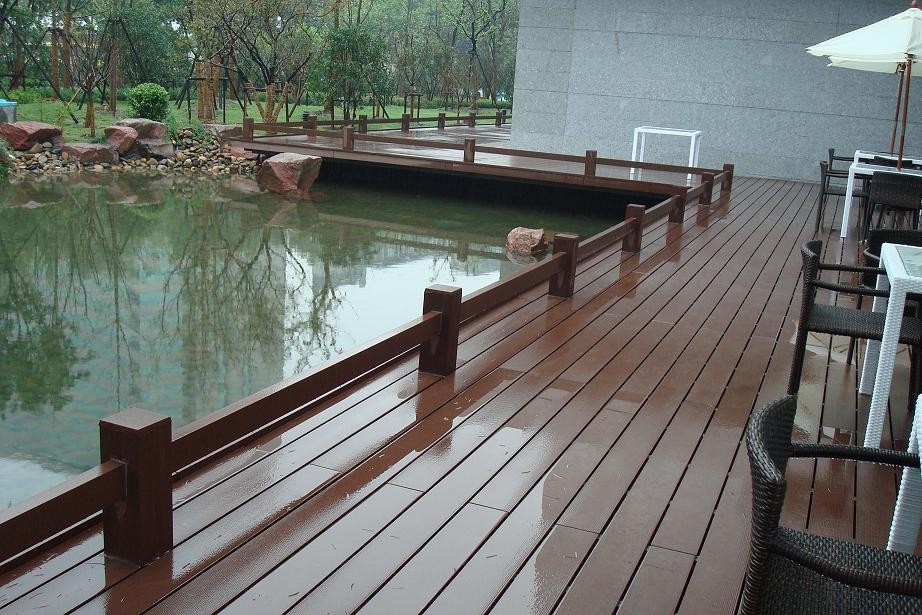
2. Building Exteriors (Reception Center/Bathrooms)
Install WPC grille panels vertically for a classic, textured look.
Use horizontal WPC wall panels for sleek, modern exteriors.
Incorporate LED light strips in key areas to enhance nighttime aesthetics.
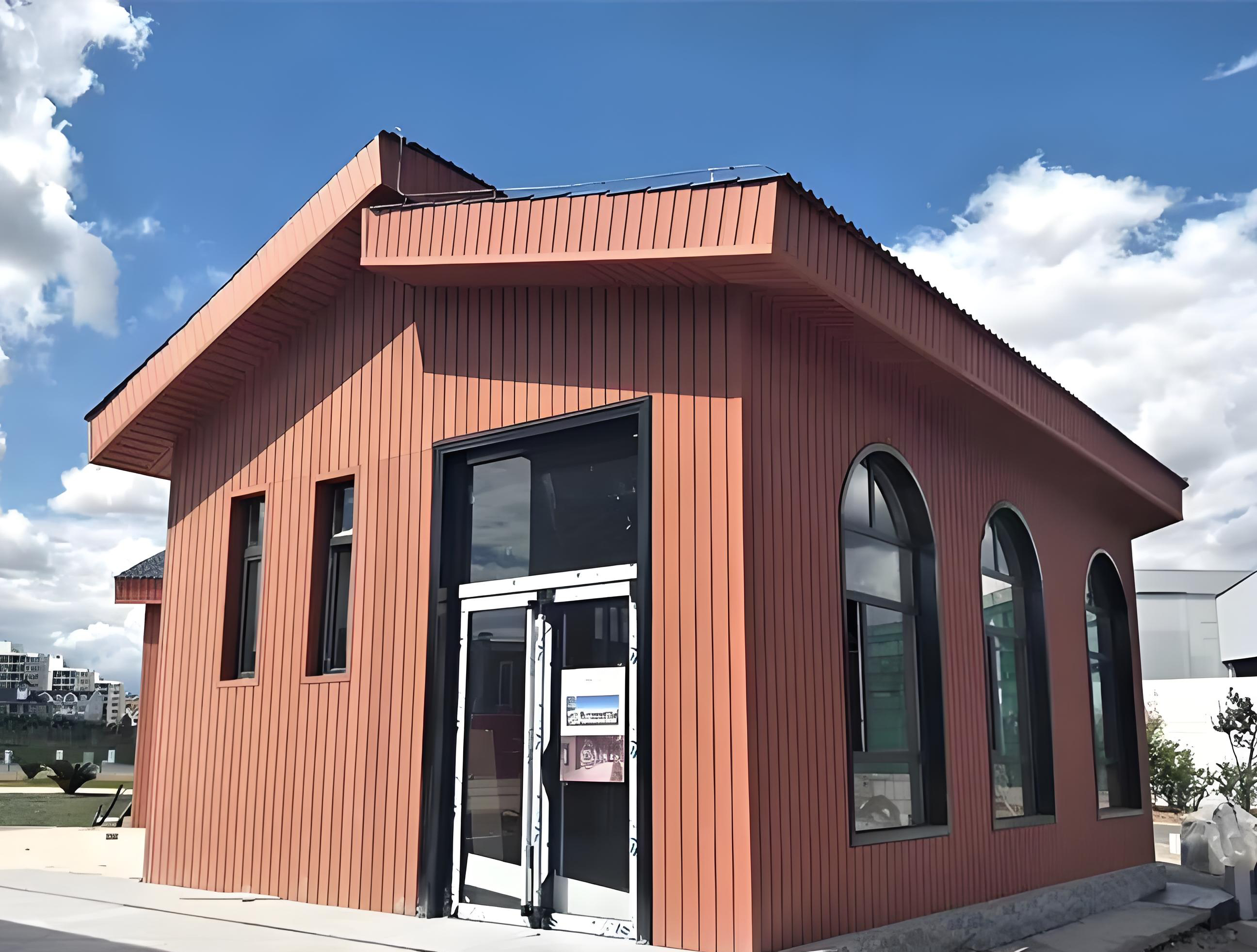
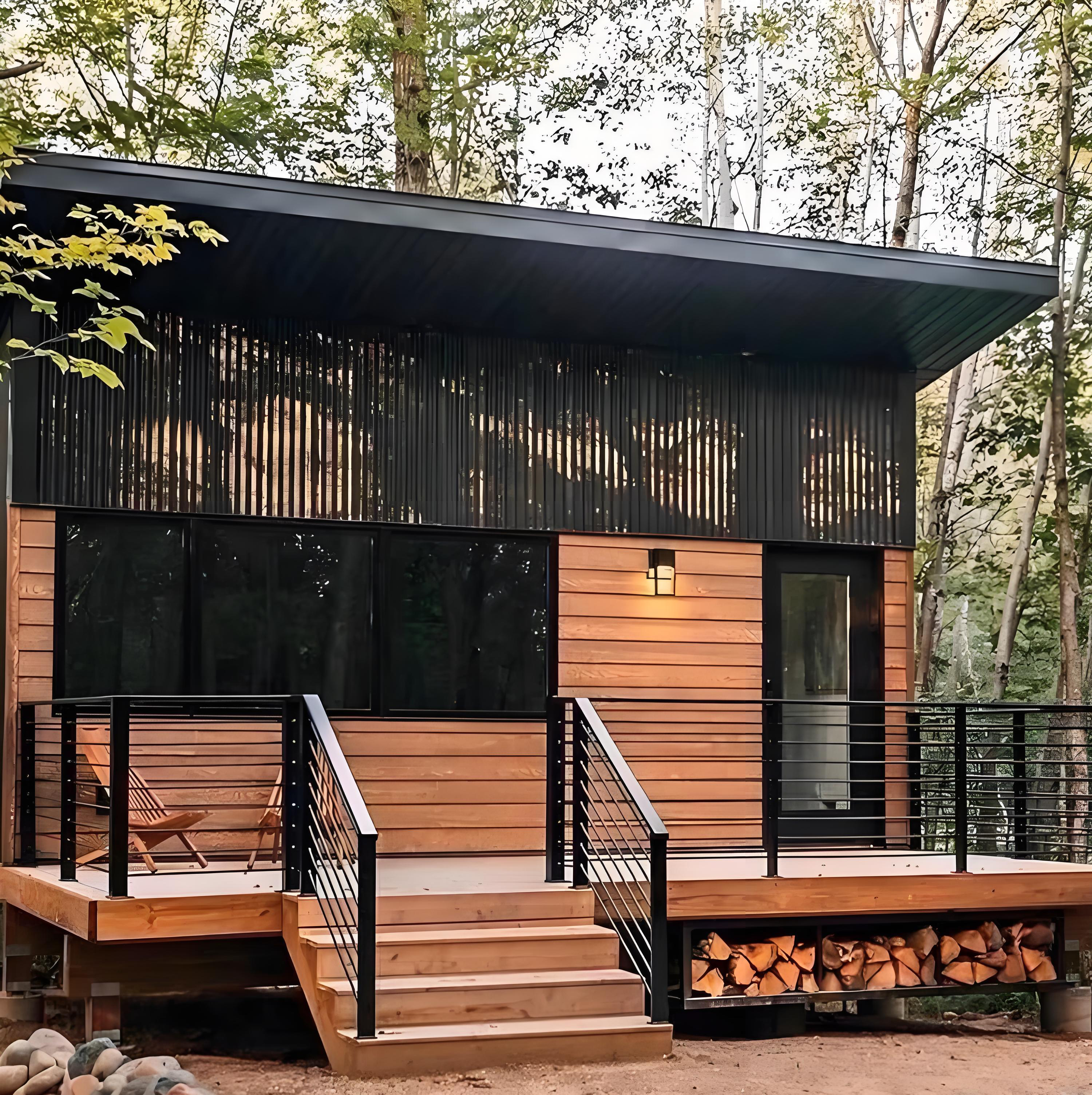
II. Other Key Material Combinations
1. Tent Platform Zone
Foundation: Elevate platforms using steel structures with WPC panels (30cm above ground to prevent moisture damage).
Details: Embed warm-colored ground lights along platform edges for safety and ambiance.
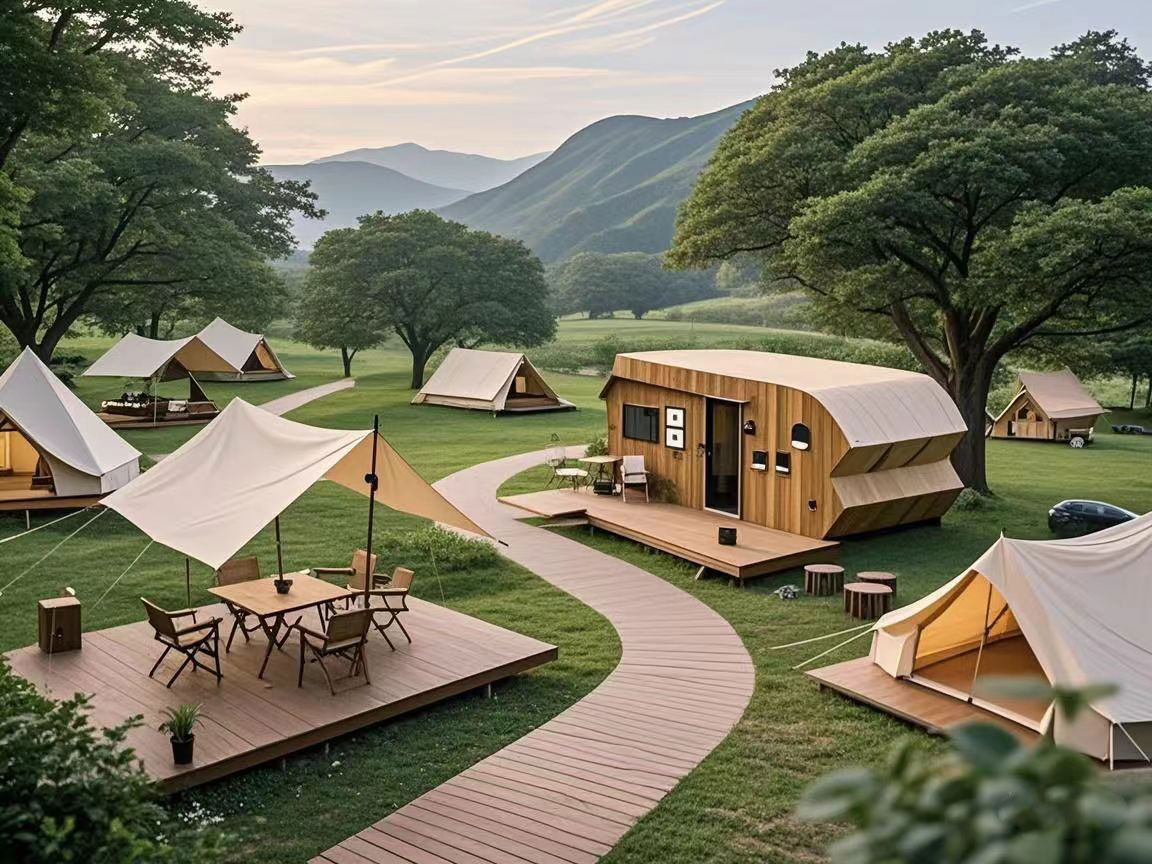
2. Eco-Bathroom Area
Walls: Choose ASA WPC wall panels with antibacterial coatings for hygienic, moisture-resistant surfaces.
Floors: Use hollow WPC flooring to ensure waterproofing and easy drainage.
Roofing: Install polycarbonate sun panels for shatterproof, translucent coverage that allows natural light.
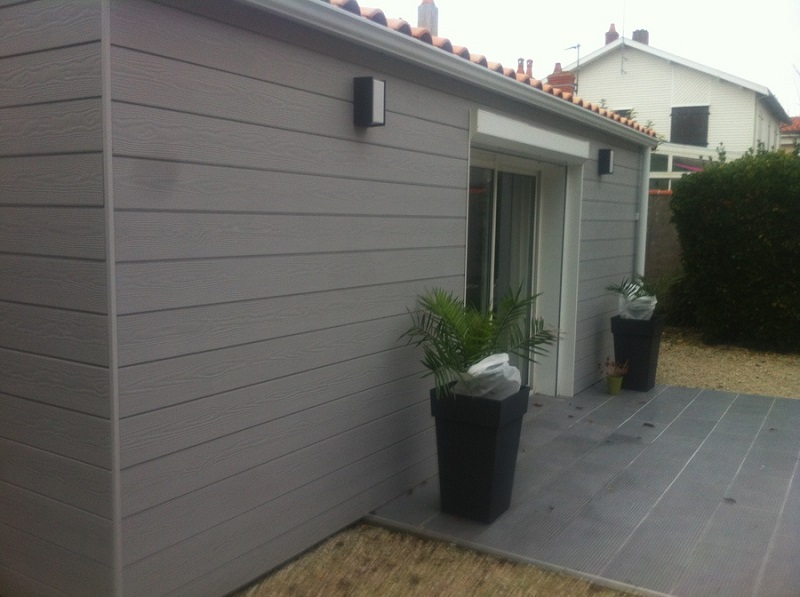
III. Disadvantages of Traditional Materials vs. WPC
Traditional materials like anti-corrosion wood require regular painting and maintenance, cracking and fading within 2–3 years. In contrast, WPC needs no upkeep, lasting 10+ years without degradation. Stone and concrete are cold in winter, costly to install, and lack natural aesthetics, while WPC offers warm, wood-like textures at a lower installation cost. Steel structures overheat in summer and rust over time, but WPC surfaces stay 20℃ cooler and require no rust prevention treatments.
IV. Cost Control Strategies
Mixed Material Use: Deploy WPC for high-traffic areas and gravel or wood chips for secondary paths, reducing costs by up to 40%.
Modular Design: Standardize panel sizes to minimize cutting waste and streamline installation.
V. Experience-Enhancing Design Details
Lighting Integration: Inset fiber-optic灯带 (fiber-optic lights) into WPC railings for subtle, interactive nighttime illumination.
Natural Aesthetics: Wrap structural columns with bark-textured WPC panels to blend seamlessly with the outdoor environment.
Interactive Elements: Install pressure-sensitive lights in children’s play areas for safe, engaging floor interactions.
Choosing WPC as the primary material ensures the camping site maintains a natural, inviting aesthetic while delivering the durability and low maintenance required for commercial success—an intelligent balance of quality, functionality, and cost-effectiveness.
 扫一扫,关注我们最新消息
扫一扫,关注我们最新消息 工作时间:周一至周五 9:00-18:00
Contact:MR. Wu
Mobile:+8613357168058
Email:erping@mlantree.com
Address:Room 6, 8th Building, XueYuan Road HaiDian District Beijing China
